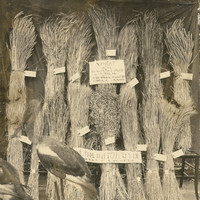- (-) Remove [facetapi_active:active-value] filter [facetapi_active:active-value]
- (-) Remove [facetapi_active:active-value] filter [facetapi_active:active-value]
- (-) Remove [facetapi_active:active-value] filter [facetapi_active:active-value]
- (-) Remove [facetapi_active:active-value] filter [facetapi_active:active-value]
- (-) Remove [facetapi_active:active-value] filter [facetapi_active:active-value]
- (-) Remove [facetapi_active:active-value] filter [facetapi_active:active-value]





